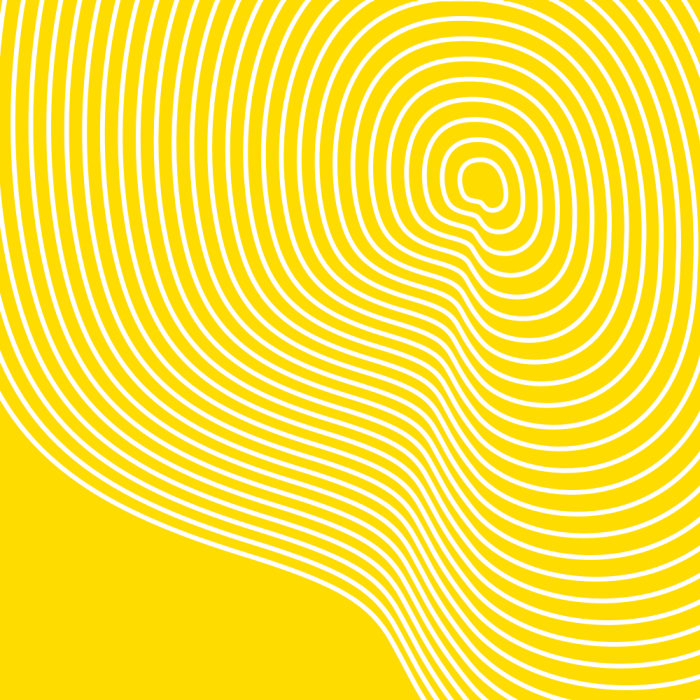Radio Frequency Radiation Safety

Enrol
- Module 1 RFRSO Level 2: 16 - 18 June - theory component delivered online
- Module 2 RFRSO Level 2+: 25 - 26 June - theory component online
- Module 3 RFRSO Level 1: 26th August – theory component delivered online. 3rd and 4th September practical component face-to-face in Canberra
Online for the theory component, then In-person on-campus at ADFA for the practical component
Online and in Canberra
$4,700.00



Overview
This course provides those who are designated Radio Frequency Radiation Safety Officers (RFRSO) with an understanding of the principles and practice of radio frequency radiation safety and radio frequency radiation safety measurement. The references for the course are RPS S-1 and AS/NZS 2772.2:2016.
The RFRSO course is now being delivered in three self-contained modules in order to reduce the intensity of the course for participants. The Modules are broken down as follows:
- Module 1: Which will follow the existing RFRSO Level 2 course program
- Module 2: Desktop Assessment Workshop
- Module 3: Measurement and Practical component
Please note the structure of this course for 2025 will run as follows:
- Module 1 RFRSO Level 2: 16 - 18 June - theory component delivered online
- Module 2 RFRSO Level 2+: 25 - 26 June - theory component online
- Module 3 RFRSO Level 1: 26th August – theory component delivered online. 3rd and 4th September practical component face-to-face in Canberra
If you are intending on completing RFRSO Level 1, it is mandatory to complete RFRSO Level 2 and RFRSO Level 2+ first. You will not be able to attend RFRSO Level 1 without completing modules 1 and 2.
Course content
- Introduction to Radio Frequency (RF) radiation
- Introduction to the health effects of RF and RF radiation safety
- Introduction to the Australian RF Exposure Standard
- RF calculations and the application of the exposure standard to continuous wave and pulsed RF sources
- RF radiation test and measurement and the computation and measurement standard
- RF radiation survey exercises
- Review and assessment
Learning outcomes
Skills/competencies/knowledge that would be gained through this course:
- Attendees able to demonstrate an understanding of RF radiation health effects, and RF radiation safety practices and requirements, as specified in the Australian Standard.
- Attendees able to demonstrate competency with calculations involving RF quantities associated with RF sources, and the application of these calculations to RF surveys.
- Attendees able to demonstrate competency with the measurement of RF radiation quantities.
- Attendees able to demonstrate competency with the application of measured RF quantities to establish hazard distances and the associated uncertainty bounds.
Who should attend
This course is ideal for members of the Australian Defence Force, or other organisations, who are designated Radio Frequency Radiation Safety Officers (RFRSO).
Prerequisite: Competency with basic mathematical calculations.
Facilitator
Dr Alistair Drake
Dr Alistair Drake has been undertaking radar-based research for more than 40 years. Trained as a physicist, his research interests have been primarily biological. In an 18-year career as a UNSW academic, he taught courses in meteorology and general physics. He developed and maintains the health-effects component of the RFRSO course.
Dr David Low
Dr David Low undertook his PhD with the University of Adelaide’s Atmospheric Radar group, refurbishing the Buckland Park VHF wind profiler. After two years in Japan, working with Kyoto University’s Radio Atmospheric Science Centre on the MU Radar at Shigaraki, he began what became a two-decade academic career with UNSW Canberra, lecturing Physics to the ADFA cohort. Dr Low's contributions to the design, development and delivery of the RFRSO course come in the calculation, communications and radar sections.
Dr Greg Milford
Dr Greg milford has had a 20-year career working as a Professional Engineer in various industries involved with RF electronic circuit and systems design and measurement, and a similar career length as a university Academic, engaged in research, teaching and course development. He's also a co-developer of the RFRSO course.
Dr Robert Smith
Dr Robert Smith has spent 27 years working as a University Academic, teaching Astronomy and Physics, in particular, the Level 3 Electromagnetism component of the Physics Major. Immediately prior to joining UNSW Canberra, he worked in Infrared Astronomical Instrumentation development. For the past 11 years, he has been involved in RF Radiation as an Amateur Radio Operator. He developed and maintains the Introduction to RF Radiation and Introduction to the Australian RF Exposure components of the RFRSO course.
Dr John Taylor
Dr John Taylor lectured in physics at UNSW Canberra for 24 years, teaching across a range of subject areas including atmospheric physics and meteorology, underwater acoustics and electromagnetism and optics. His research work focused on acoustic and electromagnetic instruments for remote sensing of the atmospheric boundary layer. He has been the coordinator of the RFRSO course since its inception and contributes to the practical sections of the course.
Cancellation policy
Courses will be held subject to sufficient registrations. UNSW Canberra reserves the right to cancel a course up to five working days prior to commencement of the course. If a course is cancelled, you will have the opportunity to transfer your registration or be issued a full refund. If registrant cancels within 10 days of course commencement, a 50% registration fee will apply. UNSW Canberra is a registered ACT provider under ESOS Act 2000-CRICOS provider Code 00098G.